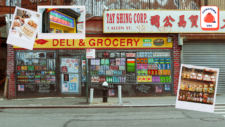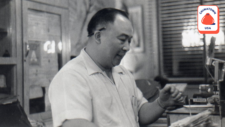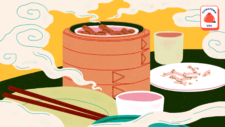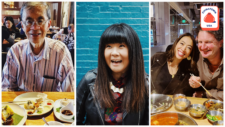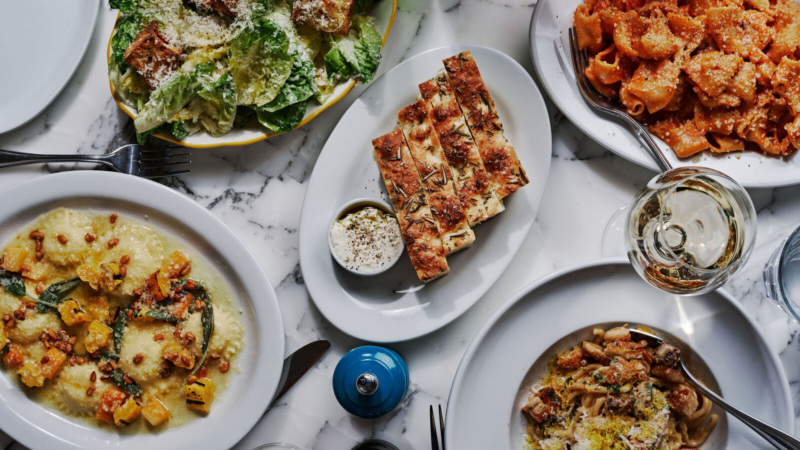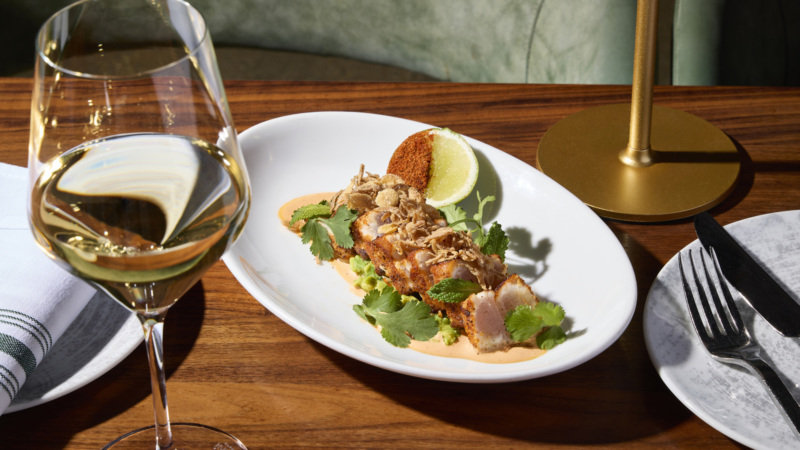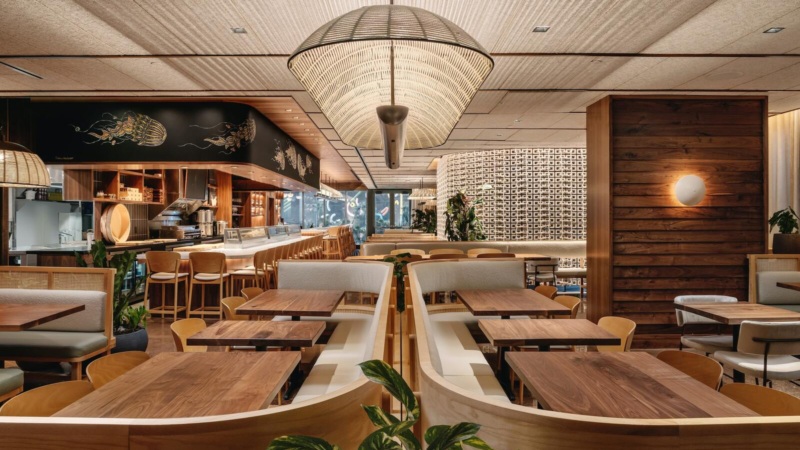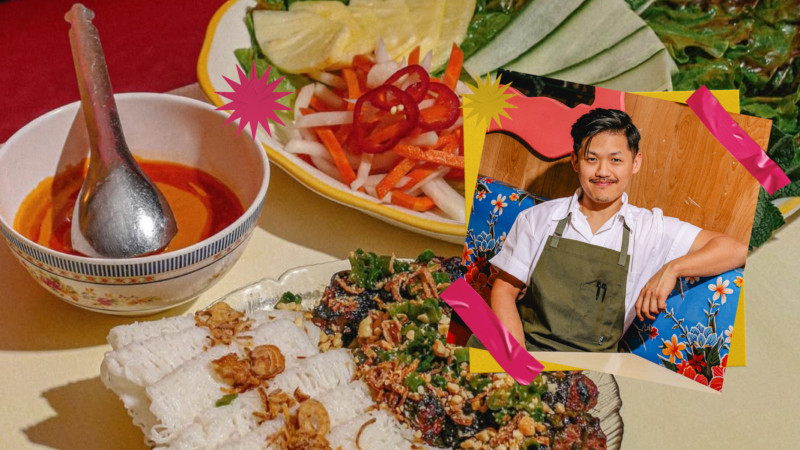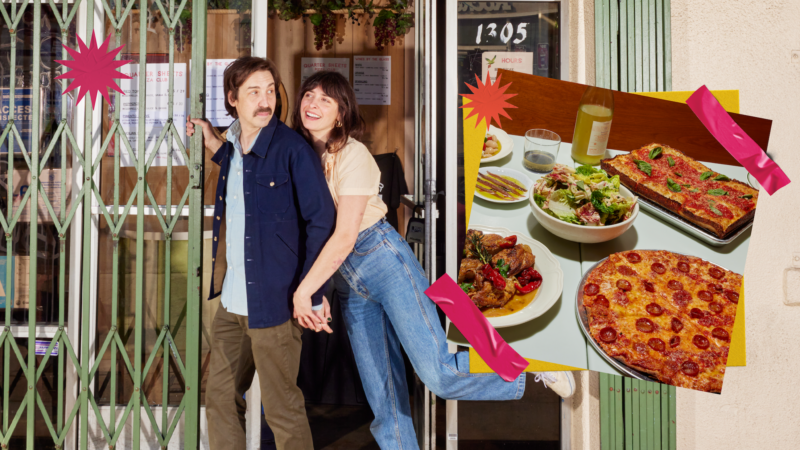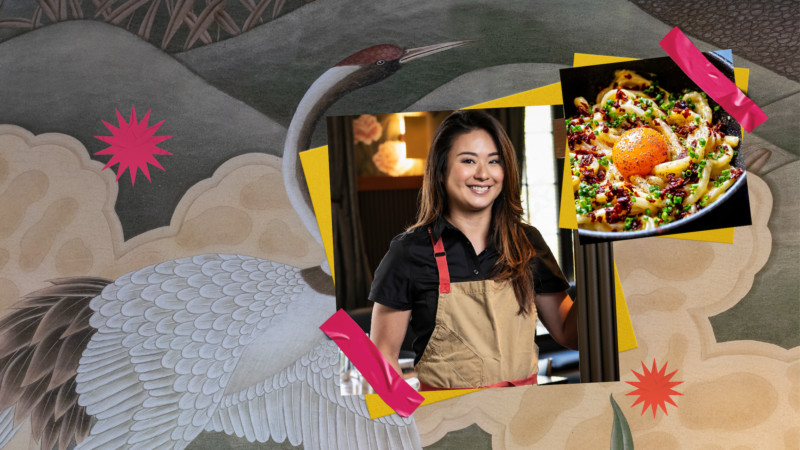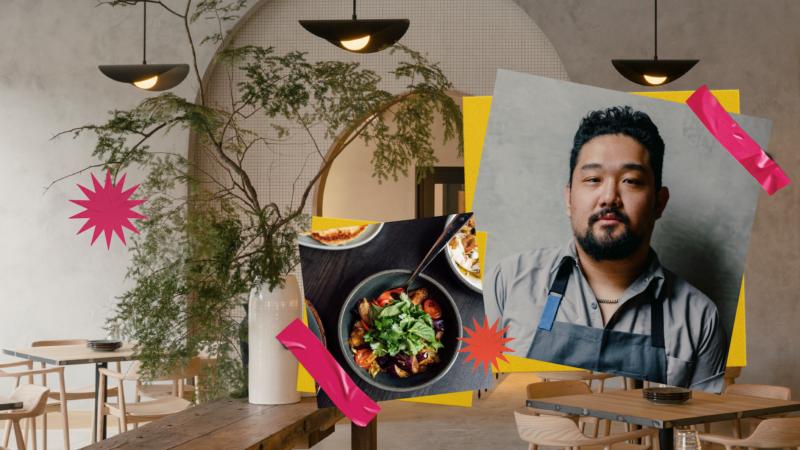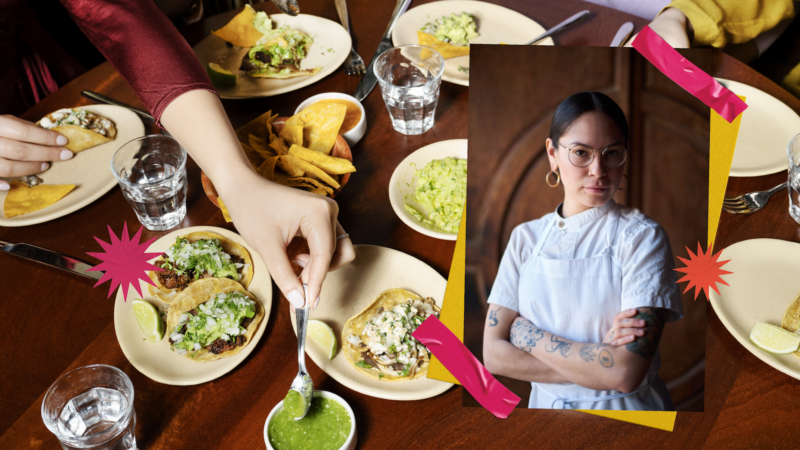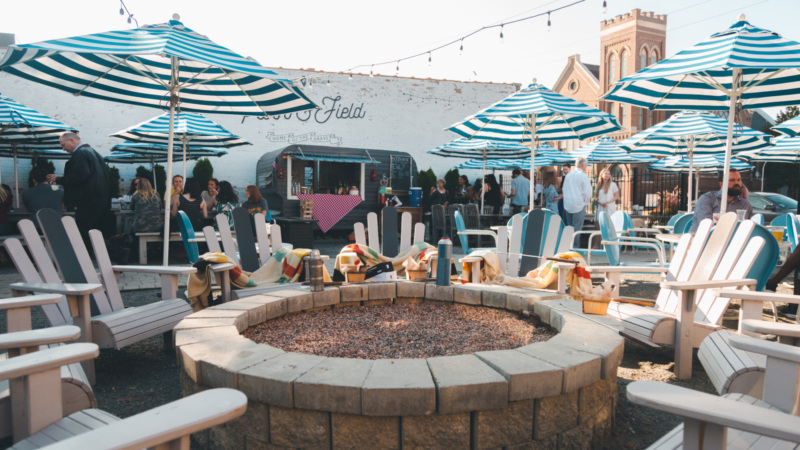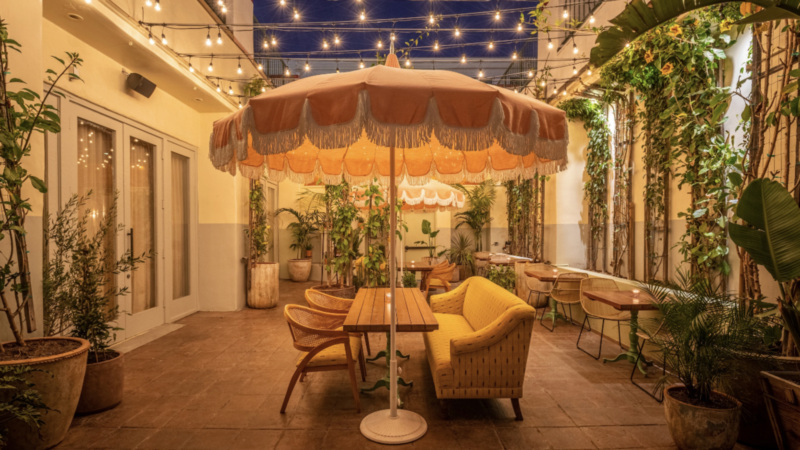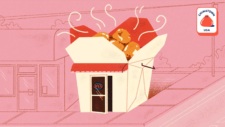
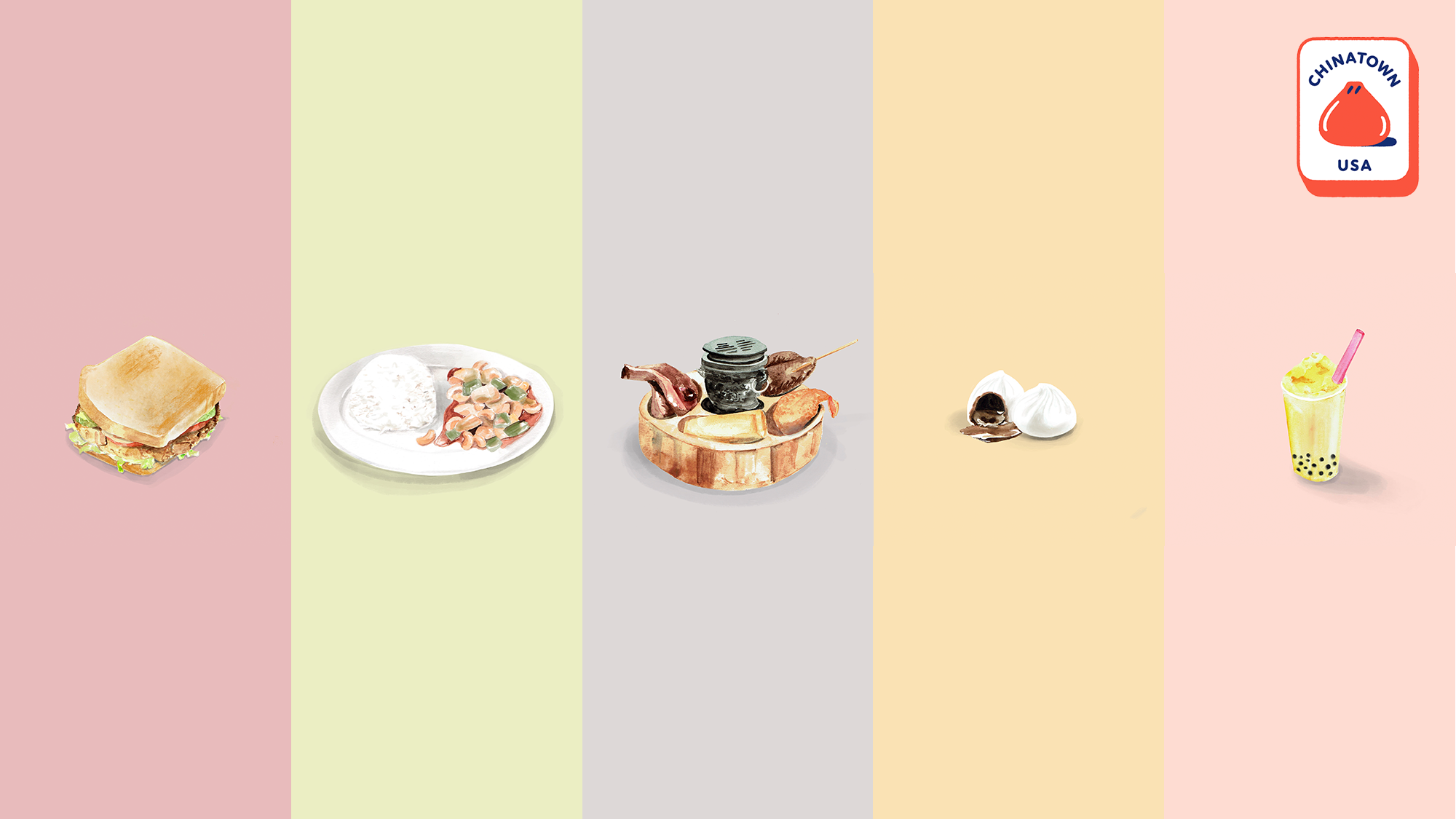
The Wonder of Chinese American Food, In Five Dishes
Chinese American cuisine parallels the Chinese American experience — a unique, sometimes blurred identity. Some dishes, like kung pao chicken, have a home in Sichuan; others, like cashew chicken, were invented in Missouri. A chocolate dessert dumpling looks just like xiao long bao, while crab Rangoon does not resemble anything like a homemade wonton. Boba slushies are as fruity in Southern California as they are in Taiwan, yet sweet-and-sour pork seems to have become much sweeter and stickier in America. Chinese immigrants like Madame Wu thought up dishes like Oriental chicken salad, which are now known all across the country over multiple generations. On the other hand, Philly cheesesteak baos were recently developed by Trader Joe’s and are just gaining traction with young, urban city dwellers. General Tso’s chicken has its own voluminous history.
Immigrants from China, Hong Kong, and Taiwan brought over the majority of recipes that form the basis of Chinese American cuisine. Chefs attempting to preserve the authenticity of these dishes as best as they could ran into many obstacles. One was the absence of specific ingredients, whether that be Sichuan peppercorns for kung pao chicken or passionfruit for Taiwanese boba slushies. Other hurdles, when cooking for non-Chinese diners, were the difficulty of using chopsticks and catering to local palates.
All those challenges shaped the blended cuisine that has emerged over the past 150 years. As it spread across the country, regional Chinese American specialties appeared. There were distinct dishes such as yaka mein, a beef noodle soup with Cajun/Creole spices championed by the African American community in New Orleans, or regional variations on cashew chicken like the ones below. Their cultural influences, cooking methods, and flavor profiles may be of Chinese origin, but the use of local ingredients and the form they took in order to become popular are clearly American.
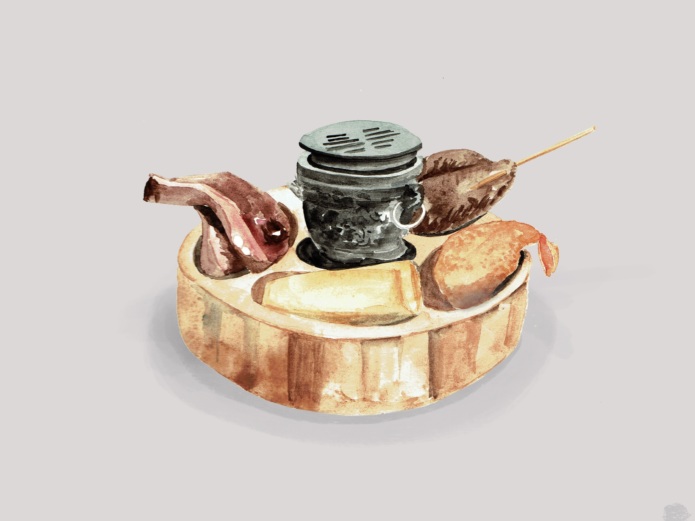
Pupu Platter
Found in: Hawaii, the Midwest, New England, a tiki bar near you
A pupu platter is a party plate packed with a plethora of appetizers: egg rolls, fried shrimp, char siu pork, potstickers, wontons, crab Rangoon, or paper wrapped chicken. For many diners at Chinese American restaurants, the pupu platter is a quintessential part of the experience.
In a parallel vein, traditional Cantonese wedding banquets and family gatherings begin with platters of cold dishes assembled with smoked ham, jellyfish salad, or braised tofu skins. Similarly, celebrations in Hawaii, with its heavy blend of Chinese and Japanese influence, begin with an array of hors d’oeuvres, known as pupus, such as edamame, poke, and egg rolls. Those dots were connected, in a way, by Don the Beachcomber and “Trader” Vic Bergeron. The two restaurateurs invented tiki bars, brought pupus to California in the 1930s, and paired cocktails with Cantonese-influenced cuisine in tropical surroundings, often with the food, drink, and decor on fire.
Chinese restaurants observed this peculiar pairing and decided to replicate it, adding pupu platters and cocktails to their menus, a kind of reversal of tiki’s cultural appropriation. Eventually, Chinese restaurants around the country — particularly in New England and the Midwest — adopted the partitioned appetizer plate with cans of Sterno for flames in the center. The platter became a mainstay on the menu.
Pupu platters were perfect for family gatherings. Impatient diners could order their favorite appetizers while waiting for relatives to peruse the endless menu options. You might even say that the pupu platter contributed to the democracy of family dining; children had the privilege of eating what they wanted, and parents appreciated that crisp spring rolls and chicken satay skewers soothed their hunger pangs, while the chefs worked on the rest of dinner.
Today, variations of the pupu platter can be found at chain restaurants like Applebee’s, Chili’s, and TGI Friday’s, where appetizer samplers are piled high with mozzarella sticks, onion rings, fusion egg rolls, riblets, potato skins, and spinach artichoke dip — an undeniably American evolution.
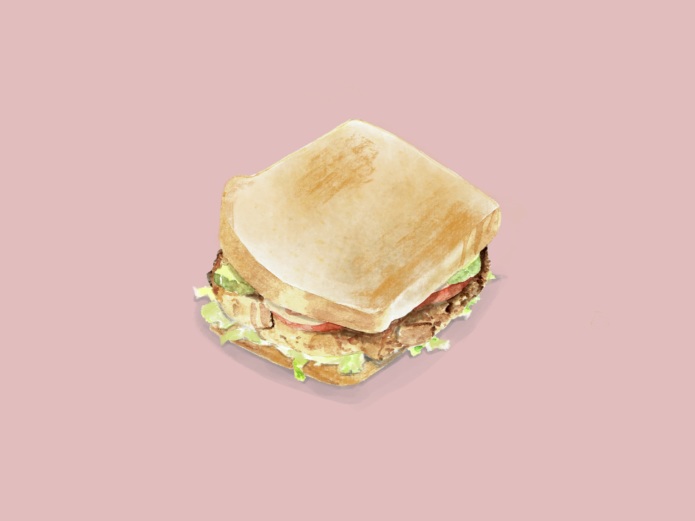
St. Paul Sandwich
Found in: St. Louis, Mo.
Do not let the name deceive you. The St. Paul sandwich sounds as if it has no Chinese connection whatsoever — and yet it is one of the most regionally specific Chinese American dishes in the country, beloved by St. Louis locals and virtually unknown outside of Missouri. The best-known origin story for the sandwich credits Chinese American chef Steven Yuen with creating it in the middle of the 20th century, encasing an egg foo young patty between white bread and dressing it with mayo, lettuce, tomato, and pickles.
Chinese American egg foo young is not a specific dish but a category of dishes: the contents (bean sprouts, onions, scallions, chicken, shrimp) are customizable, just like those in an American breakfast omelet or a frittata. In Cantonese, foo young means hibiscus flower, and the traditional Cantonese foo young is an egg scramble in a floral pattern. Since the arrival of the egg foo young in the United States, Americans — particularly Midwesterners — have made it their own, adding barbecued meats, drizzling brown gravy over the top, and frying it into a fritter.
Many laborers chose Chinese restaurants for lunch because the meals were priced affordably and served quickly. Yuen created the sandwich as a convenient, creative way for his customers to scarf down lunch even faster. Even though his restaurant was located in St. Louis, he named the sandwich after his hometown of St. Paul.
Though specific to Missouri, the St. Paul sandwich has relatives in other states. The chow mein sandwich — hamburger buns containing a stack of crispy fried yellow egg noodles covered with brown gravy — is primarily eaten in Massachusetts and Rhode Island. There is also a Western sandwich, a Denver omelet between slices of bread, rumored to have been created by Chinese restaurant chefs for loggers and miners in the 19th century.
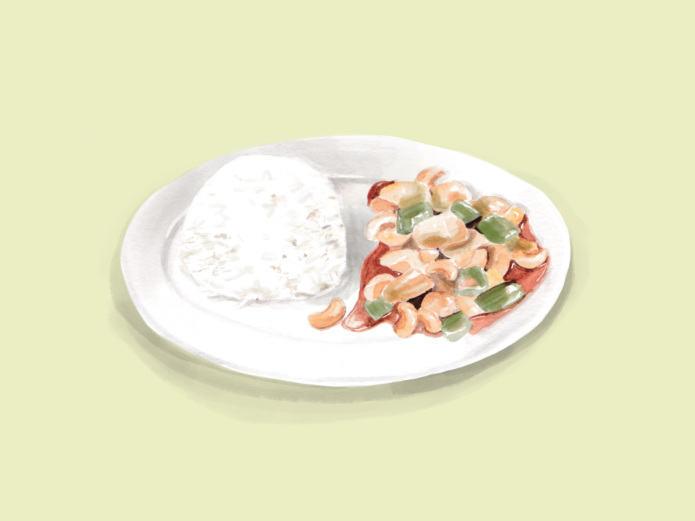
Cashew Chicken
Found in: Springfield, Mo. (and everywhere else)
In many parts of the United States, cashew chicken is served as something akin to a cousin of kung pao chicken: wok-fried chicken cubes tossed with nuts and a light sauce. However, the cashew chicken found in Springfield, Missouri, is more like an offspring of chicken-fried steak, breaded, deep fried, and served with a thick, heavy gravy. It has a striking resemblance to McDonald’s’ chicken nuggets drowned in one of the accompanying sauces.
David Leong created this dish at his restaurant in Springfield in the 1960s. When a customer requested something new and off-menu, Mr. Leong chopped up two-bite pieces of deboned chicken, deep-fried the double-breaded rectangles, and doused them with a rich Chinese oyster and hoisin sauce. Mr. Leong never says why he tossed cashews atop the chicken. However, the Chinese highly prize cashews, pistachios, and macadamia nuts, which are all pricey and hard to come by in Asia. (Peanuts, on the other hand, are easy to find and commonly used throughout Chinese cooking.) The US is the second largest cashew consuming nation in the world, and some are even grown in Florida where Mr. Leong first worked as a chef before settling in Missouri.
In later interviews, Mr. Leong declared that he gave his clientele exactly what they wanted, something based on the American love for fried chicken, mashed potatoes, and brown gravy. He ended up substituting fried rice for potatoes and offered hot Chinese mustard as a condiment for takeout orders. He also distributed his original recipe to other Chinese restaurant owners, helping to spread its popularity. And there have been at least apocryphal tales that representatives from McDonald’s visited Leong in the late 1960s, and observed his process for breading and frying the nuggets. Cashew chicken has since become so popular that school cafeterias in Springfield serve it for lunch. It has crossed onto Vietnamese, Thai, and Korean menus and appeared in thousands of Chinese restaurants in the country. On a visit to Hong Kong, Leong and his son even passed by a restaurant that advertised Springfield-style cashew chicken. Leong passed away this July at 99, one month short of his next birthday.
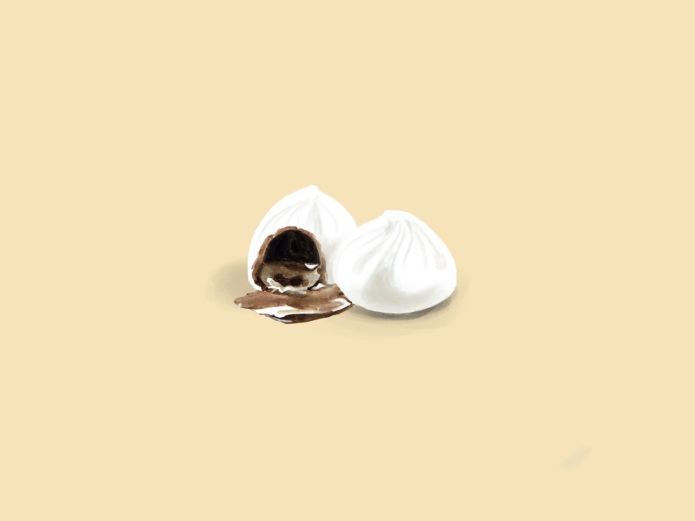
Chocolate Mochi Xiao Long Bao
Found in: California, and along the West Coast
Din Tai Fung has built a Michelin-starred global chain on the succulence of its “little steamer dumplings” or pork xiao long bao. Culinary connoisseurs who make pilgrimages to its West Coast locations should hunt further down the menu to find a rarer delicacy: the elusive chocolate mochi xiao long bao, a bite that gushes molten chocolate instead of broth and fat.
Although Din Tai Fung originated in Taipei, it opened its first U.S. branch in Arcadia, a Los Angeles suburb known for its large Taiwanese American community, 20 years ago. In just two decades, the chain has opened more than a dozen locations along the West Coast of the United States, not to mention Beijing, London, and Dubai.
How in the world do the chefs manage to get chocolate lava into the middle of a steamed dumpling? It’s not hard to find out: through the window into the kitchen, you can see cooks tuck a solid milk chocolate truffle into a round of mochi, then fold it with the restaurant’s customary 18 pleats — just as as they do for the cubes of aspic that melt into savory pork “soup.” This sweet American take on a generations-old Shanghai street snack has been criticized as untraditional, but dumpling aficionados in California, Oregon, and Washington don’t care.
Din Tai Fung recently unveiled a fluffy bun version of the chocolate mochi XLB, available only in California. Both of these dishes appear to be gateway foods. Like sweet and sour pork, they employ a tried-and-true recipe: appeal to the American love for sugar and sweets, in the hopes of transitioning diners toward more traditional Chinese cuisine.
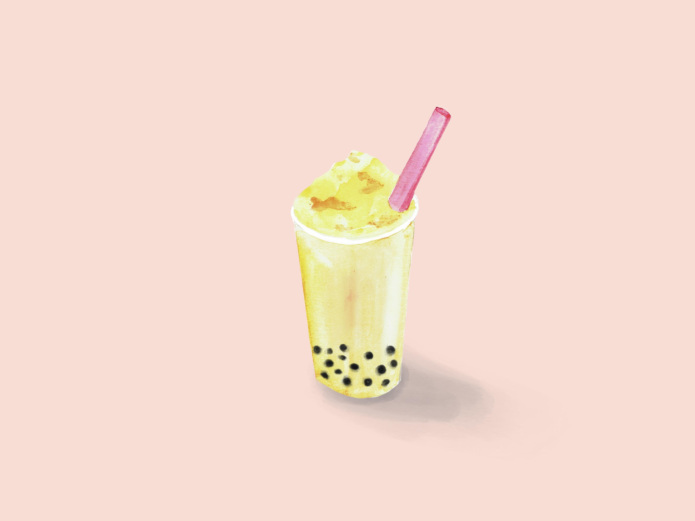
Boba Slushies
Found in: Southern California
Bubble tea is arguably one of the Asian foods most integrated in the American mainstream. Older generations of Taiwanese Americans remember fat, chewy tapioca-starch pearls as a hot soupy dessert sold by street vendors, served in a bowl with red beans and grass jelly during cold winters. In 1987, boba morphed into a lightly sweetened iced milk-tea concoction enjoyed year-round.
A decade later, bubble tea made its way to the San Gabriel Valley, which has the largest Taiwanese community outside of Asia — and evolved into the boba slushie. Popular Taiwanese brands like Tapioca Express, Lollicup, and Quickly put an American spin on bubble tea by infusing the drink with tropical fruit fragrances, like mango and guava, to create ice-blended drinks with the texture of frappuccinos or 7-Eleven Slurpees. Called bingsha, meaning icy sand, in Chinese, the slushies suspended the chewy rounds of tapioca in brain-freezing bliss, and quickly gained a cult following.
Millennials chomped down on crisp and noisy crushed ice, savored the fruity smoothie, and mischievously launched projectile boba balls at their friends, making the boba slushie both a beverage and a form of entertainment. Bubble-tea shops offered 99-cent drinks that could be paired with fries and popcorn chicken in an air-conditioned space with cushy couches and blaring pop music. It became the default after-school hangout location of choice, and everyone had a boba drink in hand. There was no way 7-Eleven and other snack shops could compete.
Now it can be found on almost every street corner in the San Gabriel Valley — making it the de facto boba capital of America. Stop at one major intersection, and you might spy as many as eight bubble-tea shops. Options such as mini boba, colorful popping boba, fun fruit jellies, aloe vera, and flan pudding were quick to appear. (Quick warning: Boba is Taiwanese slang for breasts. American-born patrons have reportedly offended teahouse staff in Taiwan for unknowingly requesting breast-milk tea.)
Boba was once thought of as a short-lived fad. As it turns out, it is here to stay. Boba slushies and bubble tea have become so popular that Dunkin’ Donuts began testing iced-tea drinks with popping bubbles in Massachusetts this summer.
Michael Lin was born and raised in San Gabriel Valley and has led culinary adventures of Chinese and Taiwanese cuisine there for 10 years. His final project for his master’s degree in hospitality at Cornell University’s Hotel School was on differentiating Asian cuisines and the evolution of Chinese American food. Follow him on Instagram. Follow Resy, too.

